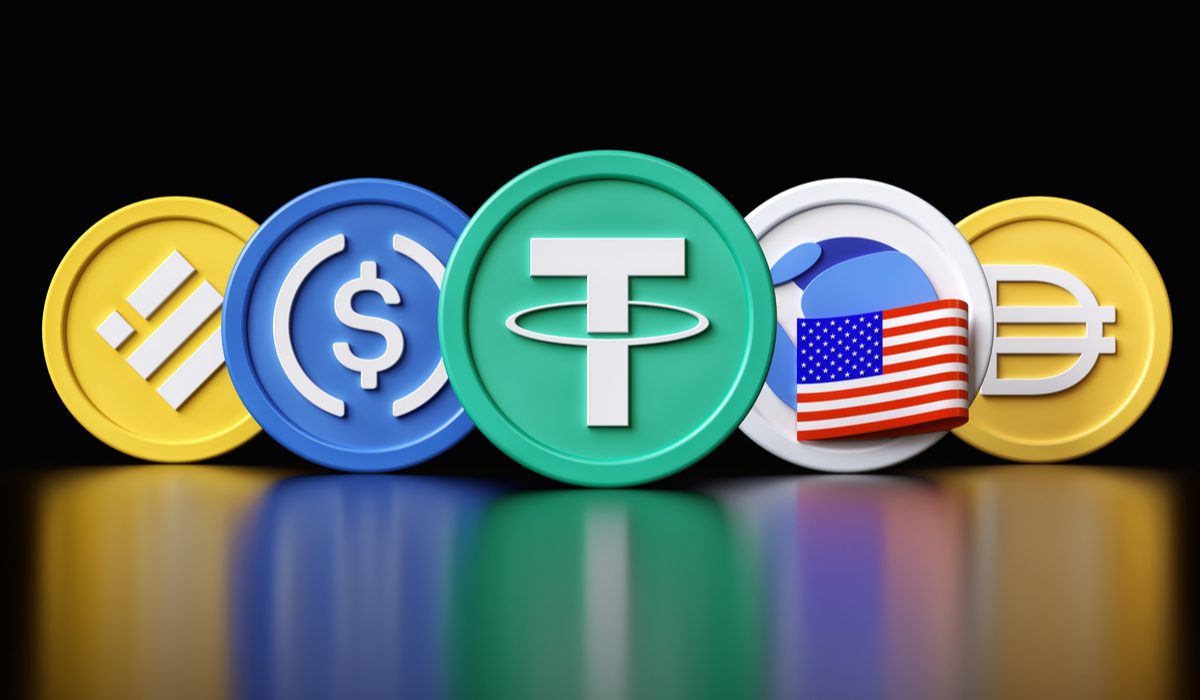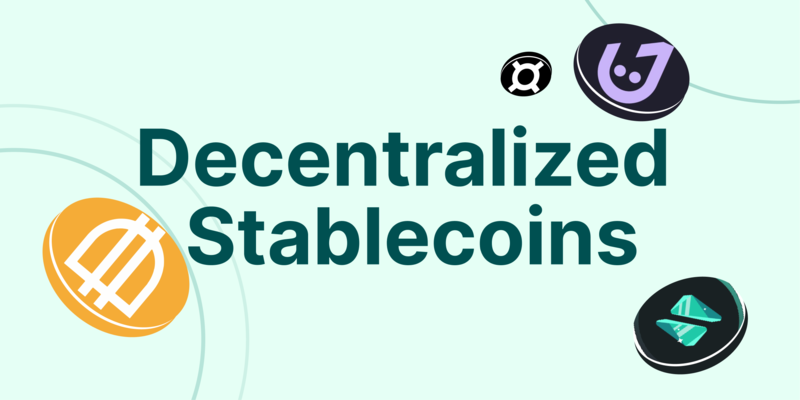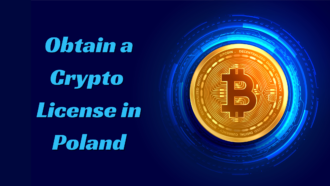Advantages and disadvantages of decentralized stablecoins
Stablecoins are fundamentally different from other cryptocurrencies in that they have very low volatility. The cost of tokens of this class is tied to real traditional assets, most often to fiat currencies. Naturally, the most popular and famous are coins whose value is tied to USD. In fact, their role in the digital asset market is almost identical to the role of USD in the traditional economy. These coins also serve as a link between the real economy and the crypto market and, in part, between blockchains.
The most capitalized stablecoin, USDT, operates on several blockchains. On centralized crypto exchanges, USDT-BEP20 and USDT-ERС20 behave exactly the same from the user’s point of view. But when it comes to using DetApps, the differences become more than obvious.
USDT is the most famous centralized stablecoin, an honorary permanent representative of the TOP 10 most capitalized cryptocurrencies. It is backed by real money. However, centralization is not the best characteristic of a digital asset. The fate of a centralized coin depends too much on a central authority.
A completely logical step is to create decentralized (otherwise known as algorithmic) coins with a stable value. And this step was taken.
Advantages and disadvantages of decentralized solutions
Since tokens of this type were purposefully created to eliminate the shortcomings of their centralized counterparts, the risks of centralized assets were reduced to almost zero.
Pros of algorithmic stablecoins

Transparency
Cryptocurrency reserves of decentralized stablecoins are stored on the blockchain, which means that any user can track the addresses where the funds are held and verify the correspondence between the declared and actual amount of collateral.
Moreover, smart contracts set the conditions under which tokens can be minted and burned, virtually eliminating the possibility of issuing fiat assets. However, the effectiveness of these restrictions depends on their careful design, the quality of execution and the security of the platform itself.
Censorship resistance
Unlike Circle or Tether, algorithmic stablecoin protocols do not have the ability to block user addresses or have any other impact on their funds. Even if required by regulators, it is impossible to seize assets from non-custodial user wallets.
Such platforms run on open source code and are often run by decentralized autonomous organizations (DAOs). Because there are no clear regulatory requirements for this type of entity yet, regulatory pressure on decentralized stablecoins remains less significant than on similar products from traditional corporate issuers.
Openness
Decentralized assets do not require trust in the issuer. Any wallet owner can receive a stablecoin under predetermined conditions. He knows what will happen to his assets if the value of the collateral decreases or interest payments are delayed.
Even if for some reason the DAI development team leaves the project, the platform will continue to operate as normal, fulfilling the terms of the smart contract.
Cons of algorithmic stablecoins

However, algorithmic and centralized assets have a common problem – the inability to guarantee absolute value anchoring. While in the case of centralized assets the reason for price deviation is usually related to the issuer, decentralized stablecoins are more susceptible to technical risks.
Vulnerability to hacking
Blockchain infrastructure and solutions based on smart contracts still have a low level of security and are periodically subject to hacks. Stablecoin-focused protocols are no exception. For example, last year the Deus Finance project lost $6 million due to a hack, which ended with the collapse of the DEI stablecoin.
It should be noted that the risks of hacking are present not only for projects focused on stablecoins, but also for other DeFi services that store your tokens. These can be decentralized exchanges, cross-chain bridges, profitability aggregators and many others. Even centralized assets are subject to similar risks, but their issuers at least have the ability to freeze funds and limit possible losses.
Complete dependence on the crypto market
Decentralized stablecoins are minted using cryptocurrency as collateral. However, in a volatile market with high correlations between different asset classes, the ability to diversify reserves is reduced. If the price of the collateral asset plummets, this can bring the investor to the brink of financial disaster. Leading projects are trying to cope with this risk by using RWA technologies and advanced elimination algorithms.
Insufficiently effective mechanisms for maintaining binding
The fairly common mechanism of seigniorage, which is used to maintain a stable price, has proven ineffective in a declining market, as can be seen in the example of Terra (UST). A more secure CDP comes with excessive collateral and interest payments on the debt position, which turns off many potential investors.
To get out of this situation, it is necessary to develop a completely new model that would take into account the specifics of the cryptocurrency market and the dynamics of assets. An example of such an innovative mechanism is LLAMMA. However, this mechanism has yet to demonstrate its effectiveness.
That is, when selecting stablecoins to replenish your investment portfolio, you should not rush headlong to https://letsexchange.io/exchange/usdt-erc20-to-usdt-trc20 for unfamiliar coins. First you need to study the asset that interests you, compare its capabilities with your own priorities, goals and resources. And of course, it is worth remembering the need to diversify investments across asset classes and storage methods.

















